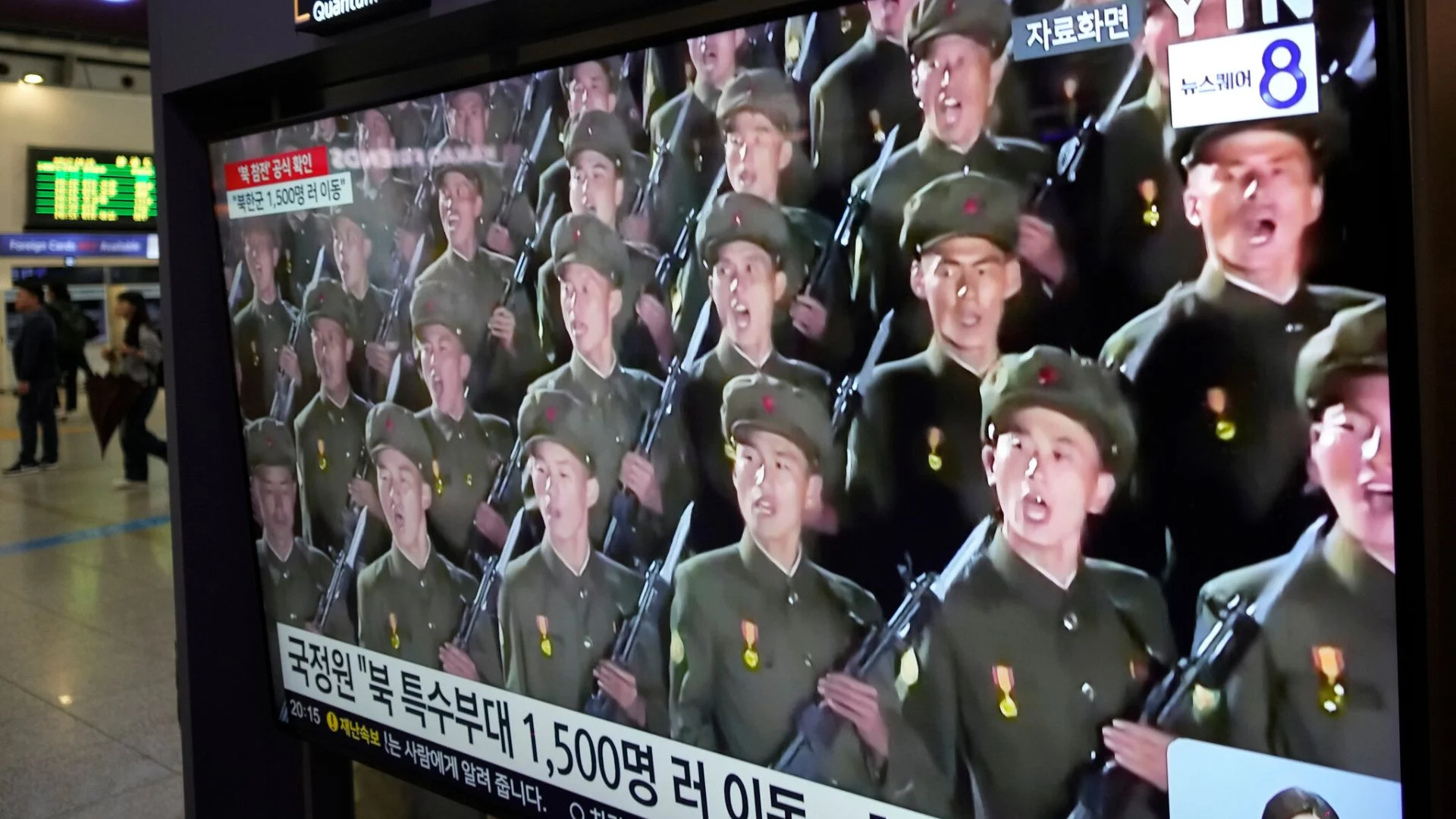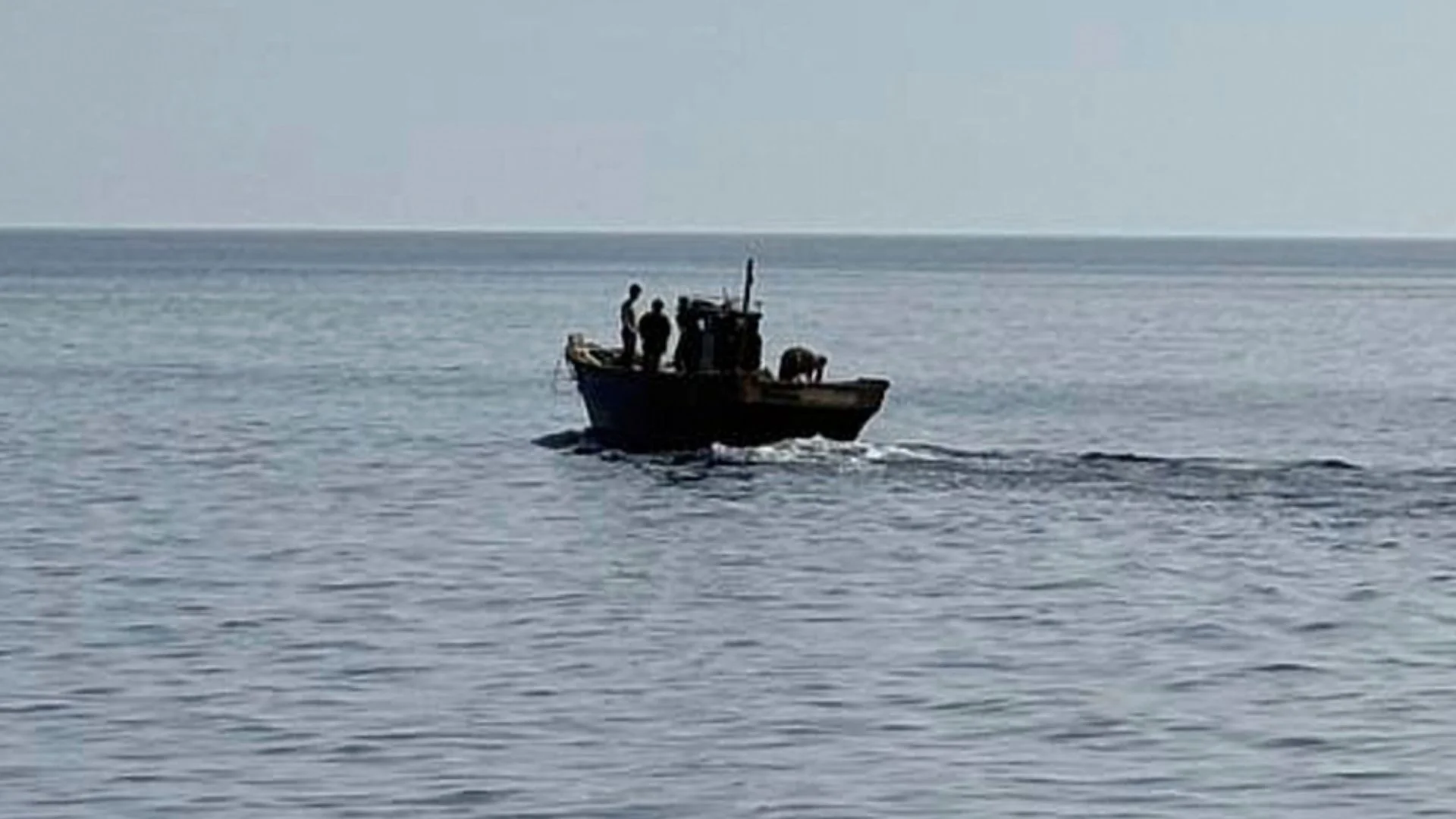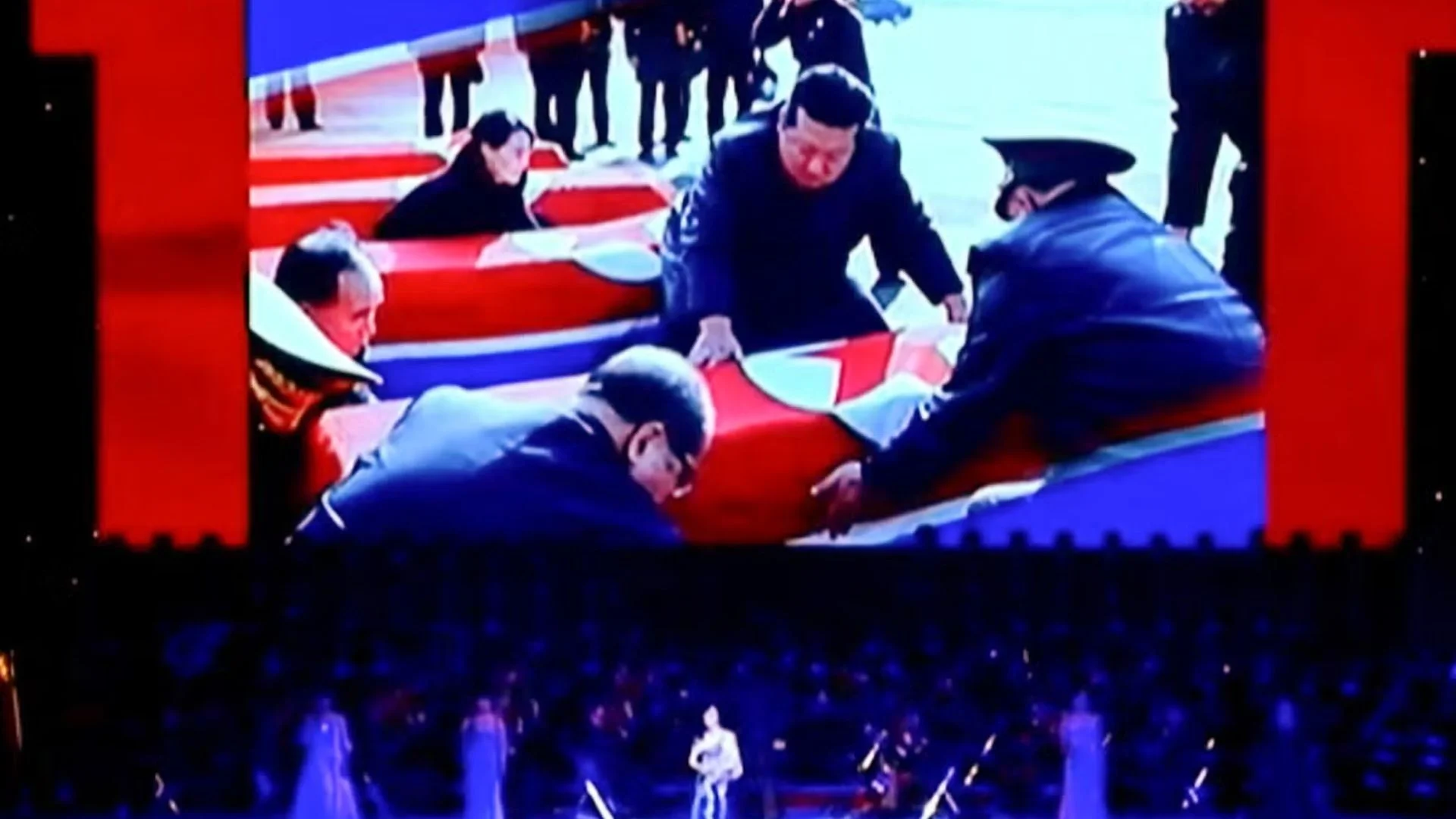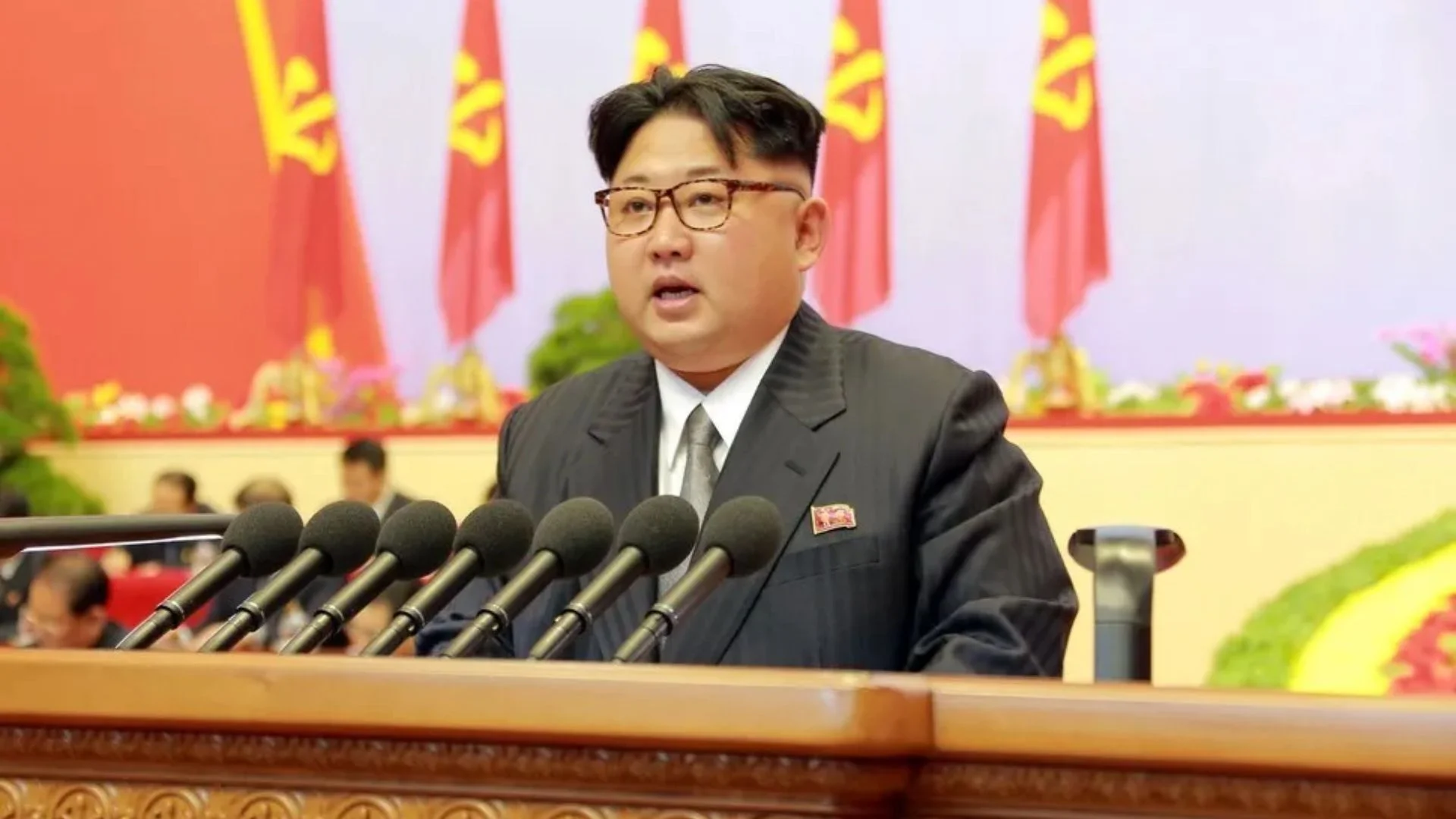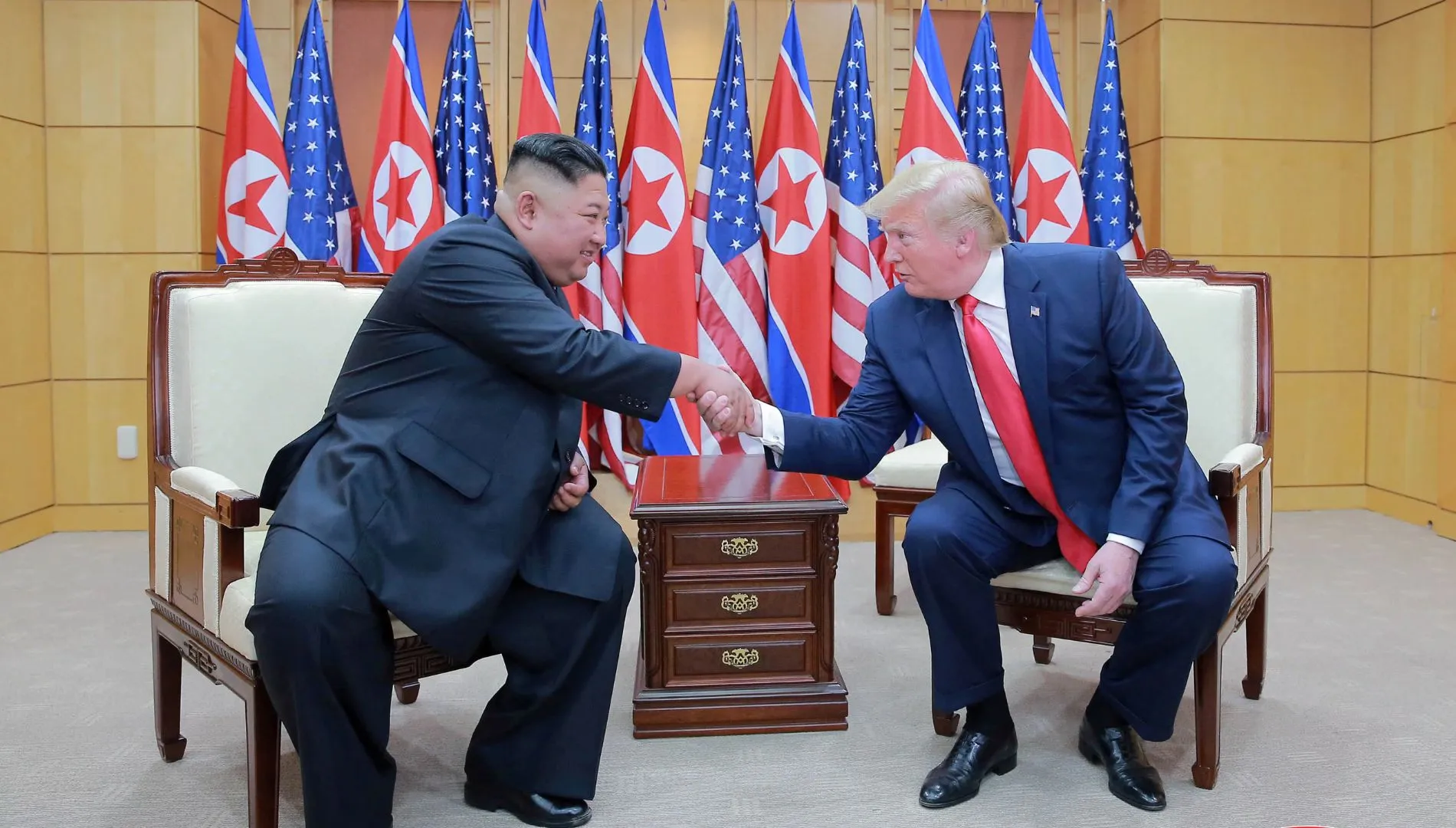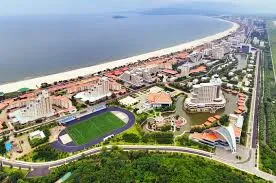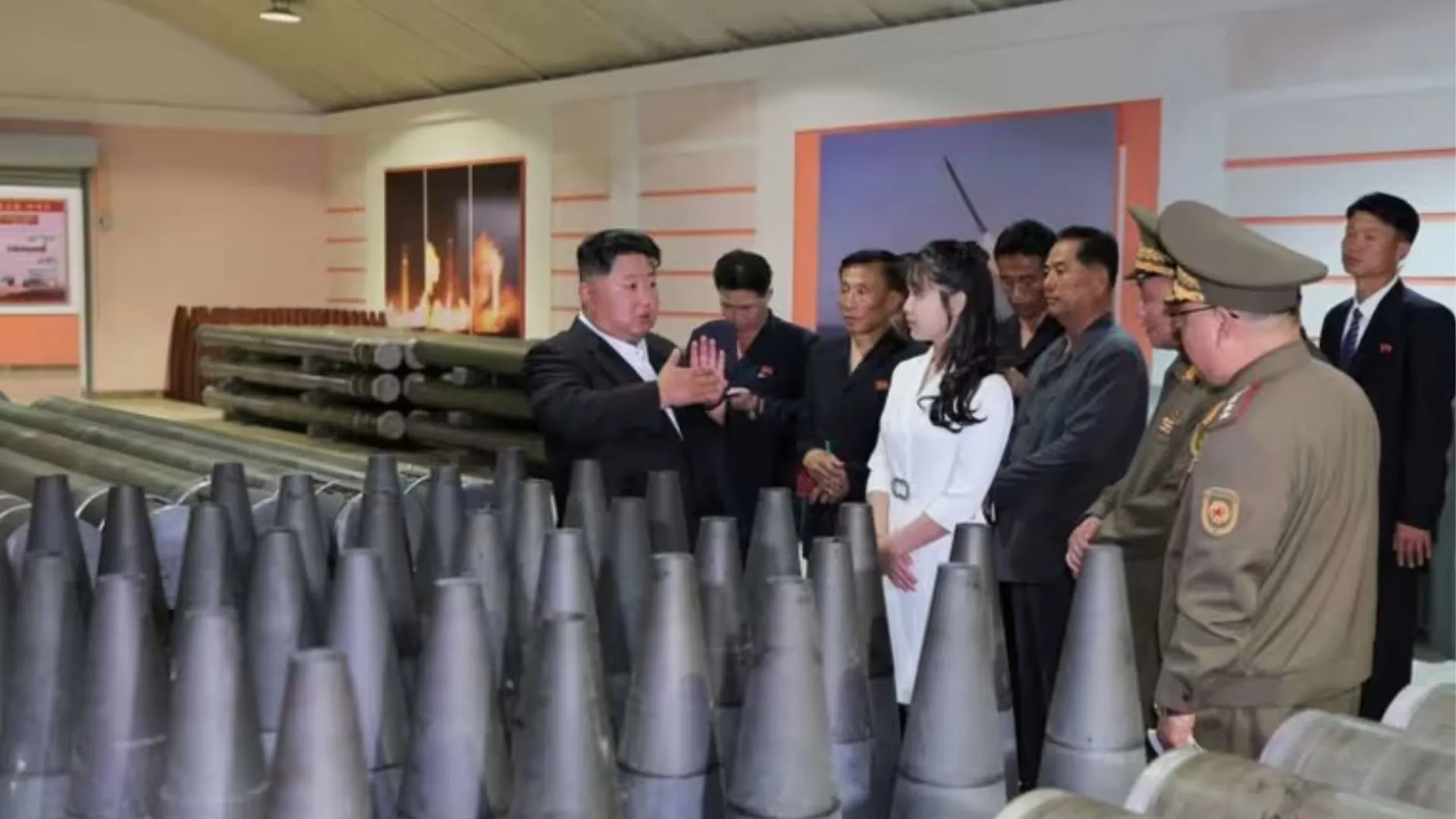North Korea is said to be planning to dramatically increase its military presence in Ukraine by sending as many as 30,000 troops to assist Russian forces, a CNN report said, citing Ukrainian defense intelligence.
A first deployment of 11,000 North Korean troops was previously dispatched to help Russia drive away Ukrainian forces in the region of Kursk. That deployment, which cost an estimated 4,000 North Korean lives, was not verified until Russian President Vladimir Putin mentioned it in April 2025.
Ukrainian intelligence now indicates that a much more substantial contingent may be arriving later this year. Russia’s Ministry of Defence is reported to be prepared to arm and equip the North Korean soldiers to incorporate them into Russian combat units, especially in Russian-held parts of Ukraine. The soldiers are anticipated to reinforce large-scale offensives with Russian troops.
Proof of this future deployment is said to be visible via satellite imagery studied by the UK-based Open Source Centre. CNN reports seeing cargo planes, likely IL-76s, at North Korea’s Sunan airport, the same type used in last year’s deployments. Also, a Ropucha-class Russian landing ship that can carry hundreds of soldiers was seen to have visited Dunai port during May, showing possible transport preparations.
The Ukrainian analysis also suggests adaptations in Russian military aircraft to facilitate large-scale transport of troops from North Korea. Analysts say these deliveries indicate the reactivation of transport routes traditionally used for DPRK troop movement.
“This activity is consistent with trends observed in previous deployments,” said Joe Byrne, a senior analyst at the Open Source Centre. “The lines taken to transfer North Korean forces before are up and running again and could be employed for upcoming large-scale movements.”
Increased cooperation between Moscow and Pyongyang marks increased military cooperation despite the continued conflict in Ukraine.

